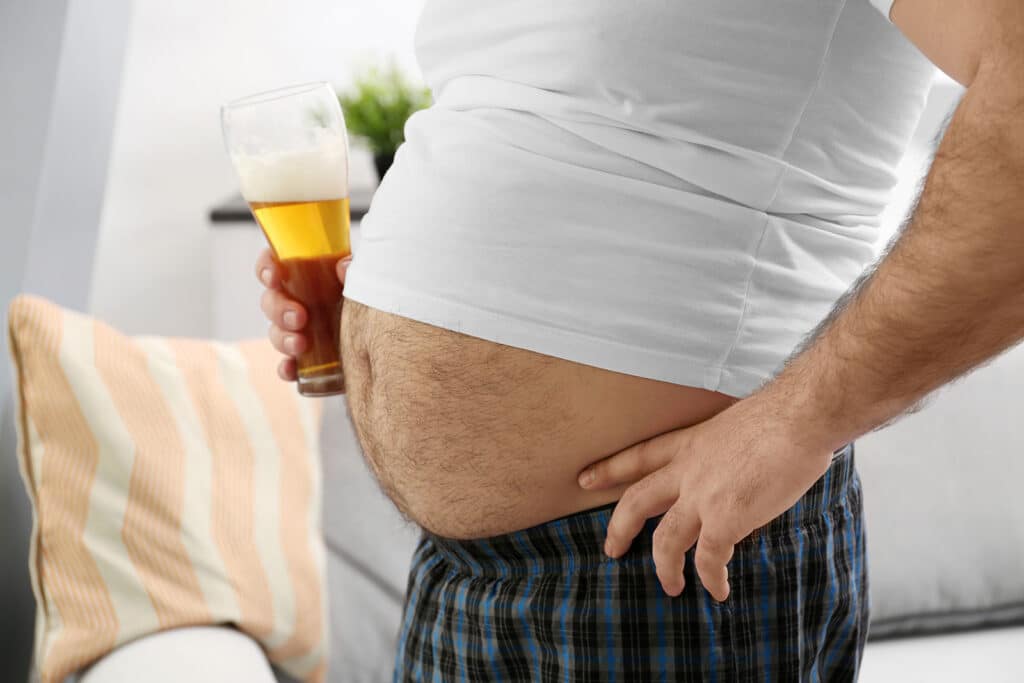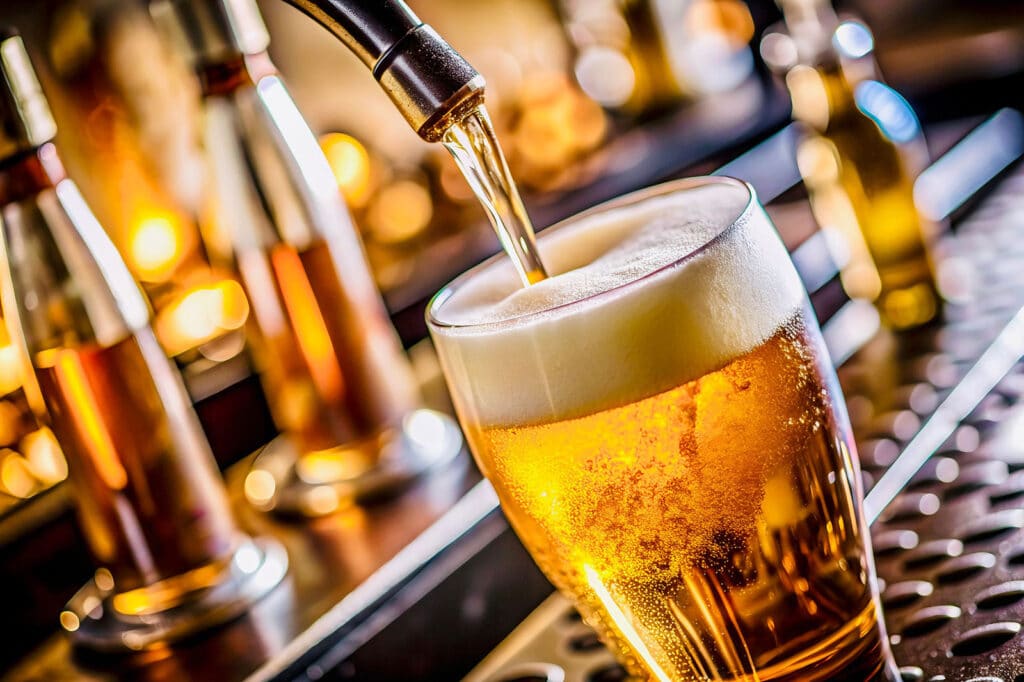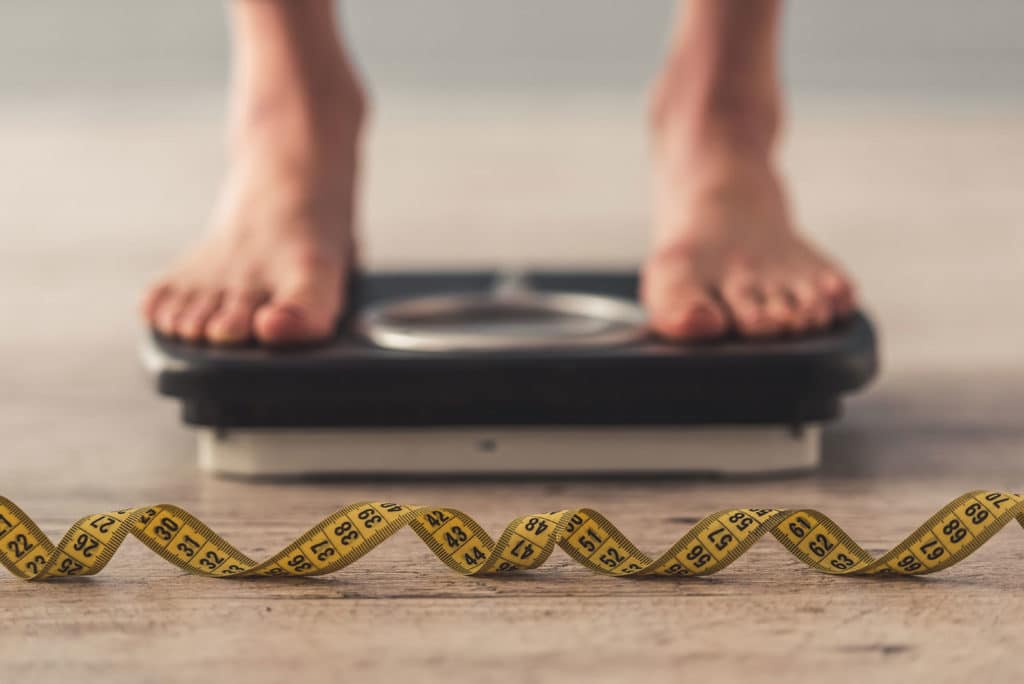Although it is readily available at liquor stores and even some supermarkets, alcohol is a drug. And it is a drug that is impacting the lives of many people in the U.S., according to several studies. One of those studies comes from the National Institute on Alcohol Abuse and Alcoholism, and it found that over 29 million Americans aged 12 and older struggle with an alcohol use disorder (AUD). For those unfamiliar with that terminology, AUD is a medical condition in which someone is unable or unwilling to stop drinking alcohol despite social, occupational, or severe health consequences. Because alcohol is so easily accessible and not stigmatized like other drugs, it is easy for some people to view alcohol consumption as a right of passage, a way to socialize with others or unwind from a long, stressful day, and maybe even inconsequential. But that couldn’t be any further from the truth.
Table of Contents
- Alcohol Dependency Epidemic: Shedding Light on a Hidden Crisis
- Science Reveals a Link Between Visceral Fat and Heavy Alcohol Consumption
- The Truth About Calories in Alcohol and How They Can Expand Your Midsection
- Why Alcohol Bellies Are More Common Among Men Than Women
- Tips for Avoiding a Beer Gut or Alcohol Belly
- Tips for Getting Rid of a Beer Gut or Alcohol Belly When You Already Have One
Alcohol Dependency Epidemic: Shedding Light on a Hidden Crisis
According to the Substance Abuse and Mental Health Services Administration (SAMHSA), excessive drinking can put individuals at a heightened risk of suffering a stroke, not to mention developing liver cirrhosis, alcoholic hepatitis, cancer, and other chronic diseases. That said, heavy drinking does not impact the life of the individual consuming alcohol alone. It can also take a toll on their friends, family, and, in many cases, people they may not even know. For reference, a study published by the University at Buffalo Research Institute on Addictions (RIA) revealed a marriage is more likely to end in divorce if one of the parties has a problem with alcohol.

Even if a couple remains together, heavy drinking can give way to domestic violence and may even adversely affect children in the household. Research shows children of alcoholic parents are usually neglected and are at greater risk of experiencing emotional problems than children who are not. Children of alcoholic parents are also four times more likely than other children to fall victim to alcohol or drug addiction when they grow up. Heavy alcohol consumption can also put a strain on friendships.
On the societal front, alcohol abuse can put a strain on a country’s economy. One study from the Centers for Disease Control and Prevention (CDC) revealed alcohol use disorders and binge drinking cost the U.S. an estimated $249 billion in 2019. The breakdown of that cost is as follows:
- Healthcare – $28 billion
- Loss of workplace productivity – $179 billion
- Traffic accidents – $13 billion
- Criminal justice- $25 billion
Science Reveals a Link Between Visceral Fat and Heavy Alcohol Consumption
Along with increasing the risk of liver cirrhosis, alcoholic hepatitis, and certain cancers, excessive alcohol consumption can lead to an alcohol belly. And this is on top of the family problems, legal problems, and strained friendships that often go hand in hand with alcoholism. Also known as a beer belly, an alcohol belly is a large amount of visceral fat around one’s midsection. In addition to being unflattering, it can pose several health risks since it surrounds abdominal organs. Because alcohol is calorically dense, individuals who drink excessively and lead a sedentary lifestyle are at high risk of developing a beer or alcohol belly. According to the Cleveland Clinic, a non-profit academic medical center in Ohio, a beer or alcohol belly caused by heavy drinking can increase the risk of developing type 2 diabetes, hypertension, heart disease, high cholesterol, erectile dysfunction, fatty liver disease, and metabolic syndrome.
The Truth About Calories in Alcohol and How They Can Expand Your Midsection
Most people probably don’t think it is possible to gain weight just by drinking alcoholic beverages, but it is possible. That is because most comprise natural starch and sugar, which makes them calorie-dense. Consuming too many calories, even in liquid form, can lead to weight gain and a much larger midsection. To appreciate how many calories are in alcohol, it helps to look at the caloric equivalent between popular alcoholic beverages and a few popular foods.

Available data shows the average pint of lager, which contains 180 calories, is equivalent to a slice of pizza. The same data also notes that just one serving of popular stouts, such as Guinness, and ales, like Sierra Nevada Pale Ale, contain about 250 calories, the caloric equivalent of a whole bagel. And this is primarily because beers, stouts, and lagers are rich in starch. For those who enjoy indulging in cider and red wine, things are not much better from a calorie standpoint. According to Drinkaware, an independent charity working to reduce alcohol misuse and harm in the UK, one pint of cider contains roughly 216 calories, about what you would find in one sugary donut. Lastly, two glasses of red wine are enough to meet a man’s and woman’s daily recommended calorie intake for the day, around 2,500 and 2,000 calories, respectively.
Why Alcohol Bellies Are More Common Among Men Than Women
Men and women can develop a beer or alcohol belly if they consume beer and other alcoholic beverages in excess. However, male and female bodies store fat differently, and that difference partly explains why they are more common among men than women. Biologically speaking, women have more subcutaneous fat pockets under their skin than men. These are fat deposits that sit beneath the skin and above the muscle. In women, subcutaneous fat pockets are located predominantly in the arms, thighs, and buttocks.
When women consume high-calorie alcoholic beverages, the extra fat calories derived from those beverages get stored primarily in those parts of the body. Subcutaneous fat pockets are also in a woman’s midsection, but fat calories generally do not accumulate in that part of the body. Since men have more subcutaneous fat pockets in their midsection, extra fat calories from alcohol are stored there instead of being distributed evenly throughout their body like in women. Hormone imbalances, namely low testosterone levels, also make men more susceptible to developing a beer or alcohol belly than women, according to a study published by the National Institutes of Health (NIH).
Tips for Avoiding a Beer Gut or Alcohol Belly
Keeping a beer gut or alcohol belly at bay requires consuming fewer calories. That might mean consuming alcoholic beverages that are calorically less dense. The following are alcoholic beverages that contain only 100 calories per 1.5-ounce serving:
- Brandy
- Gin
- Tequila
- Vodka
- Whiskey
Another option for avoiding a beer or alcohol belly is to consume fewer alcoholic beverages. While that might sound impossible, it is very much doable. And if you have an alcohol use disorder or just an unyielding compulsion to overdo it when you drink, there are addiction recovery programs you can turn to for help. Consuming a well-balanced diet is another excellent way to keep the weight off. Studies show people tend to overindulge in fatty, sugary, salty, and otherwise unhealthy meals when consuming alcohol, all of which are as high or higher in calories than their choice of alcoholic beverage. Eating lean protein meats and vegetables while drinking alcohol instead can help satisfy hunger without tacking on too many extra pounds. A chicken and broccoli stir fry dish or ground turkey over rice are examples of such meals. Making it a point to drink plenty of water and eating more whole grains instead of refined grains can also help.

Tips for Getting Rid of a Beer Gut or Alcohol Belly When You Already Have One
If you already have a beer or alcohol belly, all hope is not lost. There are things you can do to get rid of it. Alcohol increases appetite, a byproduct of its effect on nerve cells in the brain’s hypothalamus. It also lowers inhibitions. This combination can lead to unhealthy food choices and overeating, which leads to weight gain and an expanded midsection. Periodically taking a few days off from drinking can go a long way toward lowering your caloric intake. And if you take enough days off, you will eventually lose your beer gut or alcohol belly. Regular exercise is also an effective way to slim down and bid farewell to fat around your midsection. Doing a minimum of 30 minutes of moderate-intensity aerobic exercise each day and at least two days of strength training is enough to start seeing results.
In summary, alcohol abuse can ruin someone’s physical appearance and even their overall health if left to spiral out of control. There are also societal consequences. Bearing all that in mind, if you have a problem with alcohol and need help regaining control over your life, consider scheduling a consultation with the Illinois Recovery Center, a leading drug and alcohol addiction treatment facility in Illinois.



